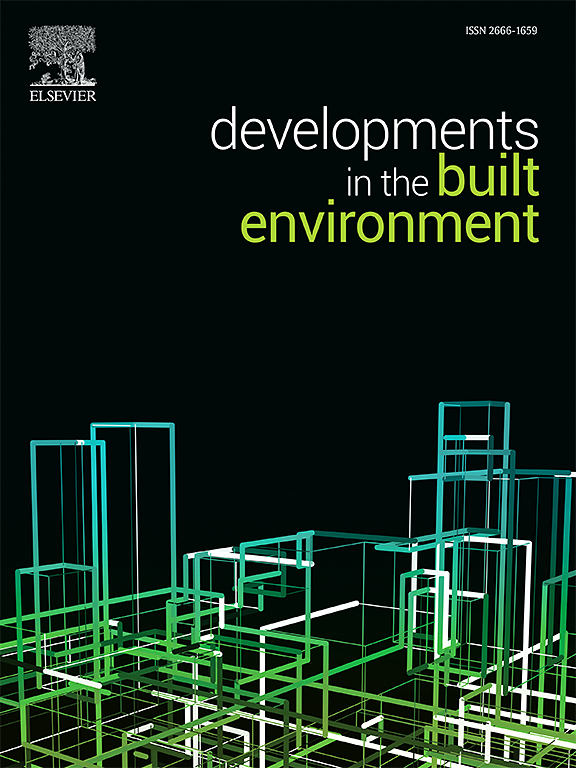评价海水和偏高岭土对硅酸钠活化大理岩粉的性能、防风化和物相组成的双重作用
IF 6.2
2区 工程技术
Q1 CONSTRUCTION & BUILDING TECHNOLOGY
引用次数: 0
摘要
大理石废弃物因其数量庞大且处理困难,对环境构成了重大挑战。本研究探讨了毫瓦粉在粘结剂中的充分利用。MW与硅酸钠(Na2SiO3)结合可生成水合硅酸钙(C-S-H)和硅酸钙石。经过28天的空气养护,得到的粘结剂的抗压强度为15-25 MPa。偏高岭土为体系提供了溶解的硅酸铝,通过中和过程减轻了风化,提高了硬化粘合剂的抗压强度。海水也被证明是有效的,因为它降低了松石的溶解度。此外,将海水与Na2SiO3混合可诱导纳米沉淀物的形成,从而对所合成的粘合剂的力学性能产生积极影响。为了实现可持续的建筑实践,建议使用海水作为非加固建筑产品的混合水。这节约了淡水,使其可用于其他关键应用。本文章由计算机程序翻译,如有差异,请以英文原文为准。
Evaluating the dual role of sea water and metakaolin in the performance, efflorescence mitigation, and phase composition of sodium silicate-activated marble powder
Marble waste (MW) poses a significant environmental challenge due to its large quantities and difficulty in disposal. This study explored the full utilization of MW powder in creating binder. Combining MW with sodium silicate (Na2SiO3) results in the formation of calcium silicate hydrate (C-S-H) and pirssonite. The resulting binder demonstrated a compressive strength of 15–25 MPa after 28 days of air curing. Using metakaolin provides the system with dissolved aluminosilicate, which mitigates efflorescence through a neutralization process and enhances the compressive strength of the resulting hardened binder. Seawater also proved effective in reducing efflorescence by decreasing the solubility of pirssonite. Moreover, mixing seawater with Na2SiO3 induced the formation of nanoprecipitates, which positively affects the mechanical performance of the resultant binder. For sustainable building practices, using seawater as a mixing water for unreinforced building products is recommended. This conserves freshwater, making it available for other critical applications.
求助全文
通过发布文献求助,成功后即可免费获取论文全文。
去求助
来源期刊

Developments in the Built Environment
Multiple-
CiteScore
7.40
自引率
1.20%
发文量
31
审稿时长
22 days
期刊介绍:
Developments in the Built Environment (DIBE) is a recently established peer-reviewed gold open access journal, ensuring that all accepted articles are permanently and freely accessible. Focused on civil engineering and the built environment, DIBE publishes original papers and short communications. Encompassing topics such as construction materials and building sustainability, the journal adopts a holistic approach with the aim of benefiting the community.
 求助内容:
求助内容: 应助结果提醒方式:
应助结果提醒方式:


